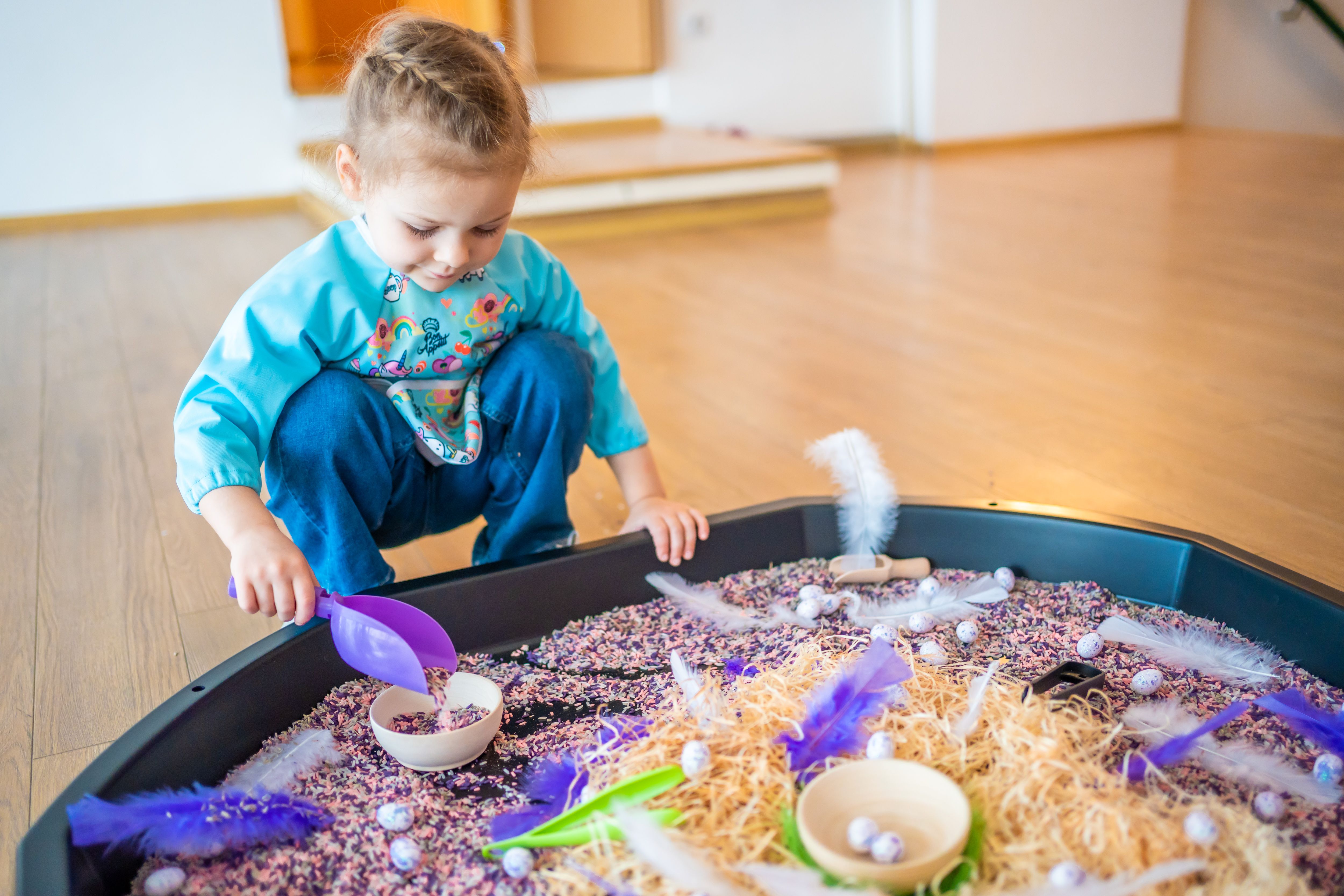Understanding Co-Regulation: the Tips for Helping Your Dysregulated Child
Understanding Co-Regulation
Co-regulation is a crucial concept for parents and caregivers who are navigating the sometimes turbulent waters of helping a dysregulated child. It refers to the process where an adult helps a child manage their emotions and behaviors by lending their own calm and regulated presence. This shared emotional state can be incredibly powerful in helping children learn how to self-regulate over time.
Children, especially those who are dysregulated, often need guidance and support to understand and manage their feelings. Co-regulation serves as a bridge to self-regulation, teaching children how to navigate their emotions effectively. Understanding this process can improve the caregiver-child relationship and foster resilience in children.

Tip 1: Stay Calm Yourself
The first step in co-regulating with your child is to maintain your own calm. Children often mirror the emotional states of those around them. By staying regulated yourself, you provide a model of how to handle stress and strong emotions effectively. Practice deep breathing or mindfulness techniques to maintain your composure.
Tip 2: Recognize the Triggers
Understanding what triggers your child's dysregulation can be immensely helpful. Triggers might include sensory overload, transitions, or specific situations that induce anxiety. By identifying these triggers, you can work towards preventing them or preparing your child ahead of time to handle them better.

Tip 3: Use Clear Communication
When your child is dysregulated, their ability to process information can be impaired. Use simple, clear, and concise language to communicate with them. Avoid lengthy explanations and focus on direct instructions or reassurance. This helps in minimizing confusion and further escalation of emotions.
Tip 4: Provide Sensory Tools
Sensory tools such as weighted blankets, fidget toys, or soft music can aid in calming a dysregulated child. These tools help provide the sensory input they need to feel more grounded and secure. Experiment with different options to see what works best for your child.

Tip 5: Establish Routines
Creating a consistent daily routine can provide a sense of security for your child. Knowing what to expect can reduce anxiety and prevent dysregulation. Include regular times for meals, play, rest, and sleep to create a balanced schedule that supports their well-being.
Tip 6: Encourage Emotional Expression
Encouraging your child to express their emotions is vital in helping them understand and manage their feelings. Validate their emotions by acknowledging how they feel and offering support. You could say something like, "I see you're upset. It's okay to feel this way, and I'm here to help."
Building Stronger Connections
Co-regulation not only aids in immediate emotional management but also strengthens the bond between you and your child. Through understanding and practice, you can help your child navigate their emotions more effectively, leading to greater emotional resilience and well-being over time.
By implementing these tips, you are setting up a foundation for emotional health that will benefit your child throughout their life. Remember, patience and consistency are key as you guide them through the journey of emotional regulation.